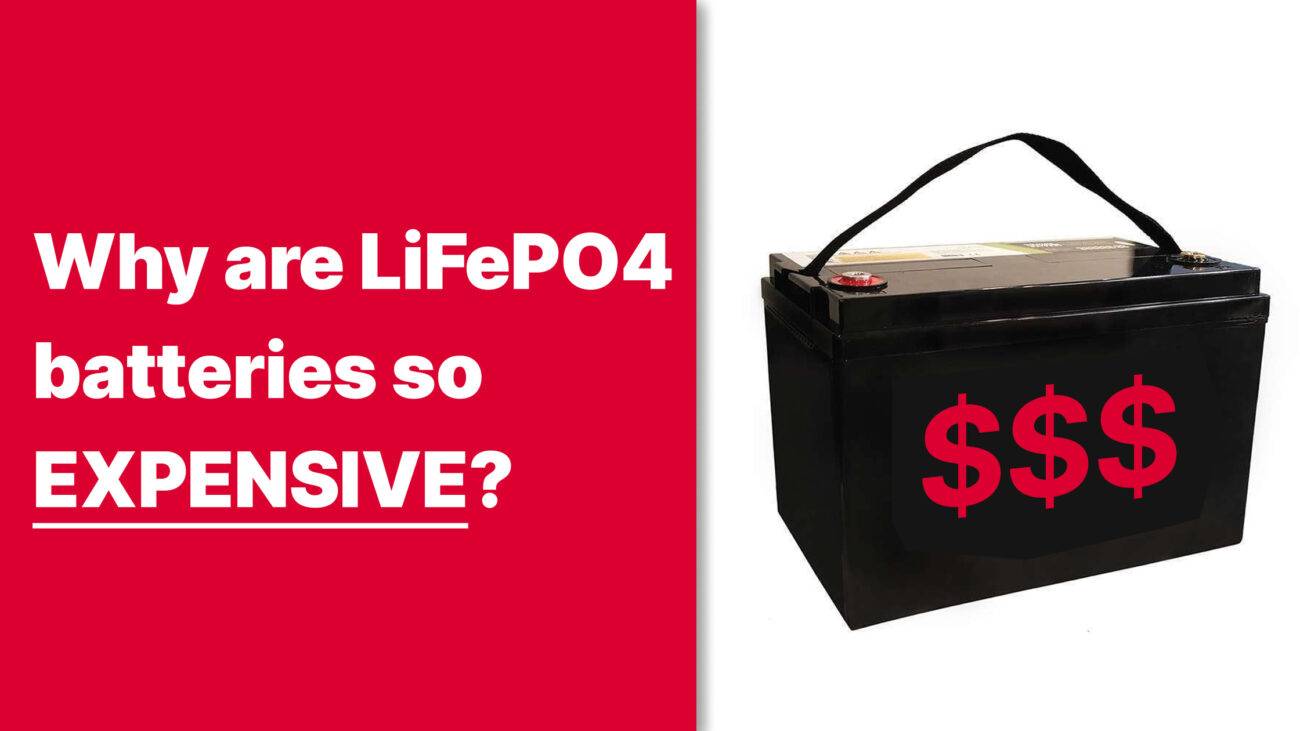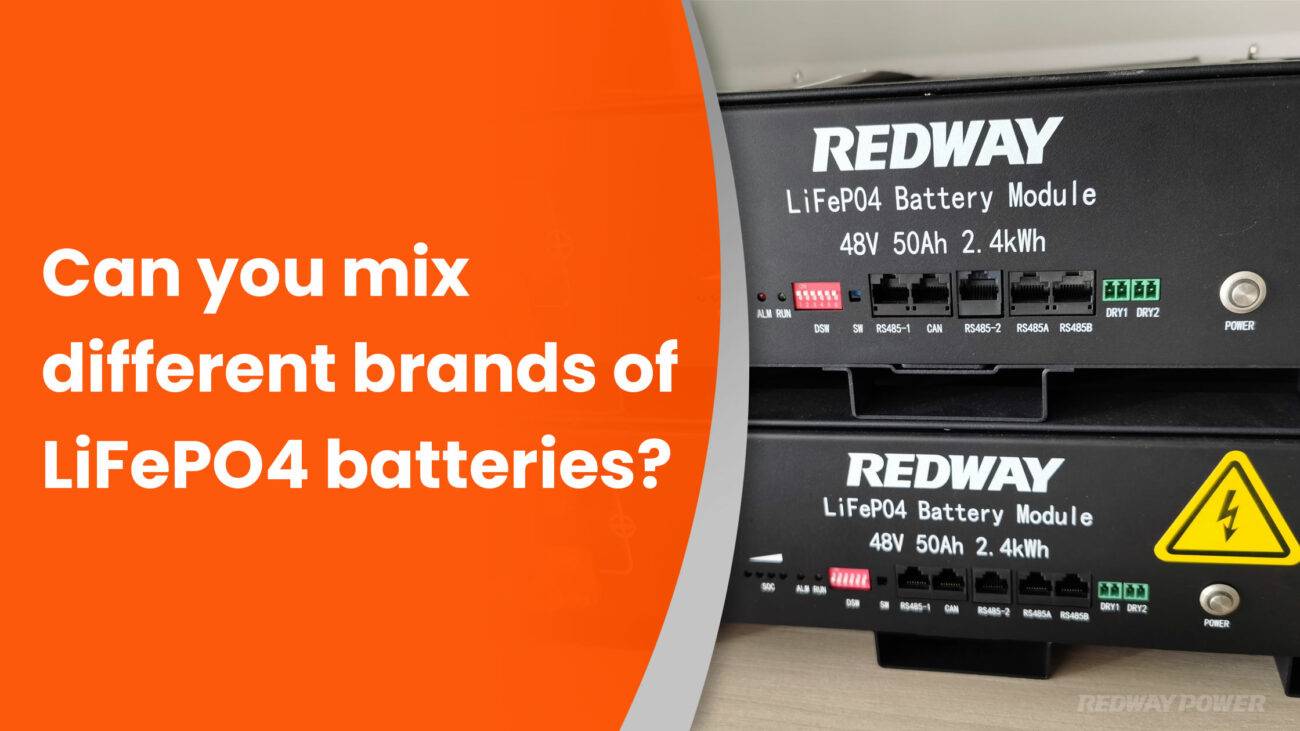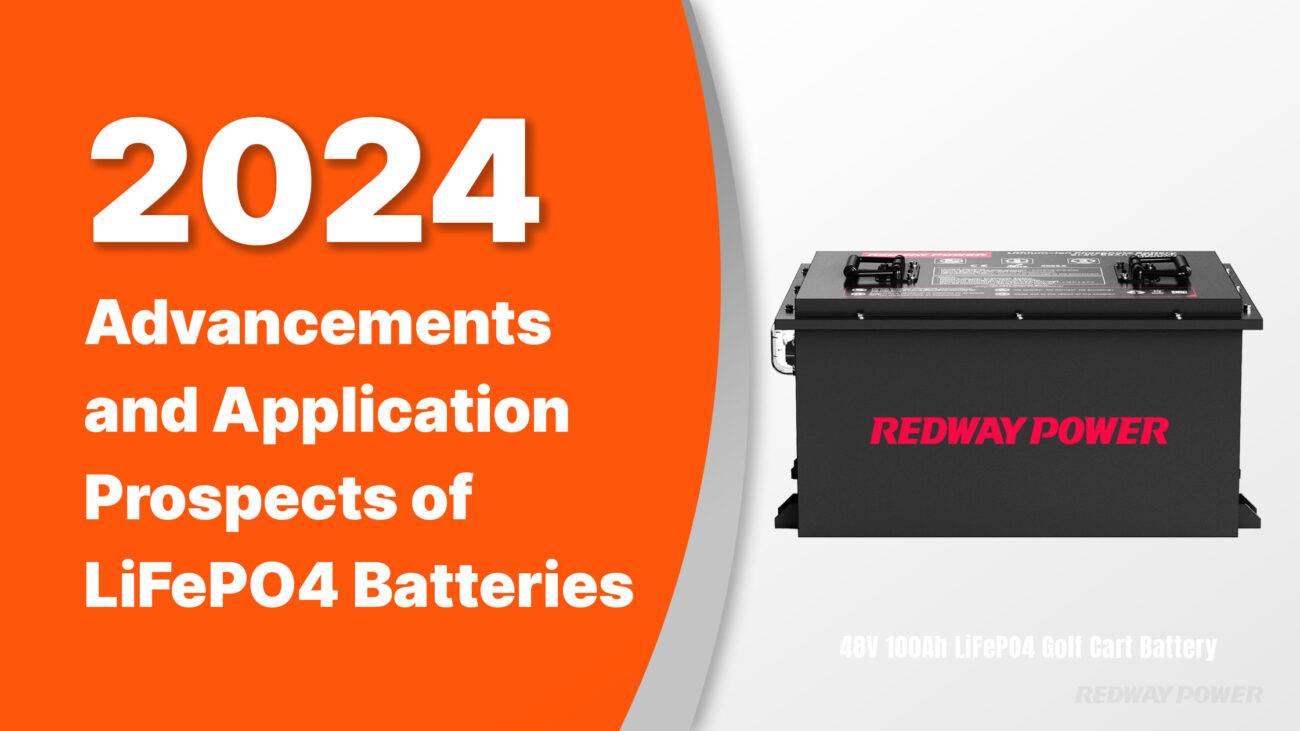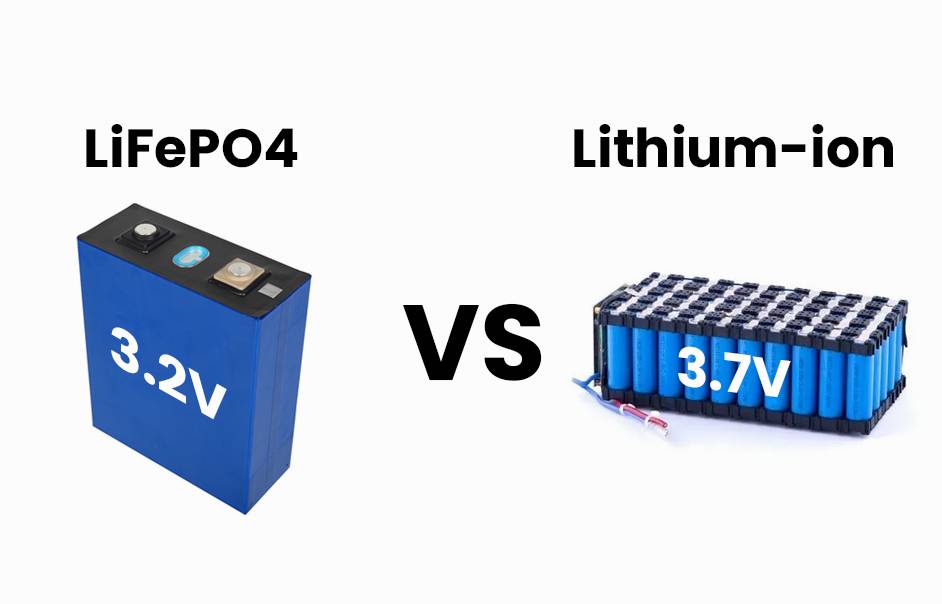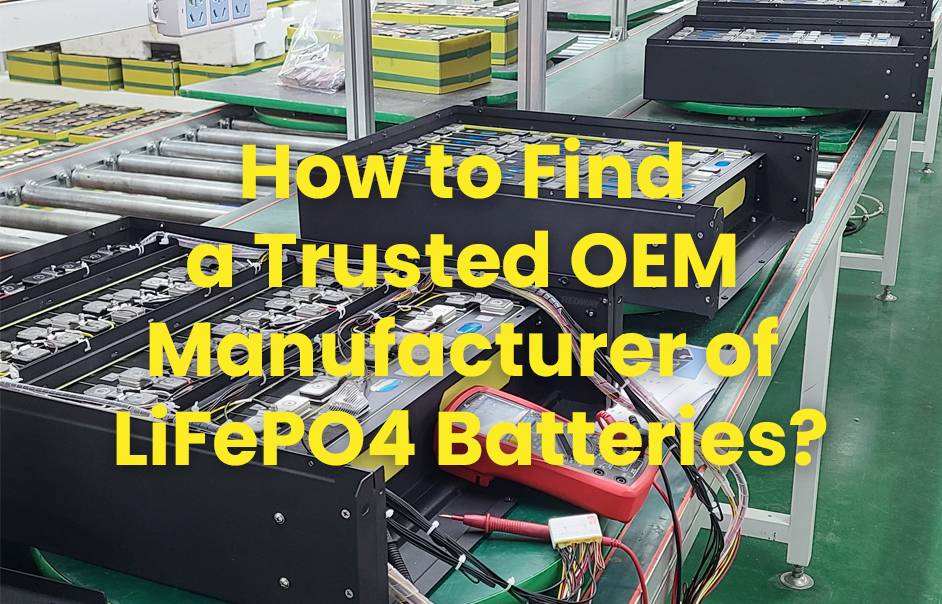- Forklift Lithium Battery
-
48V
- 48V 210Ah
- 48V 300Ah
- 48V 420Ah (949 x 349 x 569 mm)
- 48V 420Ah (950 x 421 x 450 mm)
- 48V 456Ah
- 48V 460Ah (830 x 630 x 590 mm)
- 48V 460Ah (950 x 421 x 450 mm)
- 48V 460Ah (800 x 630 x 600 mm)
- 48V 460Ah (820 x 660 x 470 mm)
- 48V 500Ah
- 48V 560Ah (810 x 630 x 600 mm)
- 48V 560Ah (950 x 592 x 450 mm)
- 48V 600Ah
- 48V 630Ah
-
48V
- Lithium Golf Cart Battery
- 12V Lithium Battery
12V 150Ah Lithium RV Battery
Bluetooth App | BCI Group 31
LiFePO4 Lithium
Discharge Temperature -20°C ~ 65°C
Fast Charger 14.6V 50A
Solar MPPT Charging - 24V Lithium Battery
- 36V Lithium Battery
- 48V Lithium Battery
-
48V LiFePO4 Battery
- 48V 50Ah
- 48V 50Ah (for Golf Carts)
- 48V 60Ah (8D)
- 48V 100Ah (8D)
- 48V 100Ah
- 48V 100Ah (Discharge 100A for Golf Carts)
- 48V 100Ah (Discharge 150A for Golf Carts)
- 48V 100Ah (Discharge 200A for Golf Carts)
- 48V 150Ah (for Golf Carts)
- 48V 160Ah (Discharge 100A for Golf Carts)
- 48V 160Ah (Discharge 160A for Golf Carts)
-
48V LiFePO4 Battery
- 60V Lithium Battery
-
60V LiFePO4 Battery
- 60V 20Ah
- 60V 30Ah
- 60V 50Ah
- 60V 50Ah (Small Size / Side Terminal)
- 60V 100Ah (for Electric Motocycle, Electric Scooter, LSV, AGV)
- 60V 100Ah (for Forklift, AGV, Electric Scooter, Sweeper)
- 60V 150Ah (E-Motocycle / E-Scooter / E-Tricycle / Tour LSV)
- 60V 200Ah (for Forklift, AGV, Electric Scooter, Sweeper)
-
60V LiFePO4 Battery
- 72V~96V Lithium Battery
- Rack-mounted Lithium Battery
- E-Bike Battery
- All-in-One Home-ESS
- Wall-mount Battery ESS
-
Home-ESS Lithium Battery PowerWall
- 24V 100Ah 2.4kWh PW24100-S PowerWall
- 48V 50Ah 2.4kWh PW4850-S PowerWall
- 48V 50Ah 2.56kWh PW5150-S PowerWall
- 48V 100Ah 5.12kWh PW51100-F PowerWall (IP65)
- 48V 100Ah 5.12kWh PW51100-S PowerWall
- 48V 100Ah 5.12kWh PW51100-H PowerWall
- 48V 200Ah 10kWh PW51200-H PowerWall
- 48V 300Ah 15kWh PW51300-H PowerWall
PowerWall 51.2V 100Ah LiFePO4 Lithium Battery
Highly popular in Asia and Eastern Europe.
CE Certification | Home-ESS -
Home-ESS Lithium Battery PowerWall
- Portable Power Stations
What Are the Disadvantages of LiFePO4 Batteries?
LiFePO4 (Lithium Iron Phosphate) batteries are widely recognized for their safety and longevity, but they also have notable disadvantages that can limit their applicability in certain situations. Understanding these drawbacks is essential for making informed decisions about energy storage solutions.
What are the main drawbacks of LiFePO4 batteries?
LiFePO4 batteries have several significant drawbacks, including:
- Lower Energy Density: Compared to other lithium-ion chemistries, such as lithium cobalt oxide (LCO), LiFePO4 has a lower energy density, which means they store less energy for a given size and weight.
- Higher Initial Cost: While they may offer long-term savings due to their durability, the upfront cost of LiFePO4 batteries can be higher than other types.
- Limited High-Temperature Performance: These batteries can experience reduced performance and capacity at elevated temperatures, which may limit their use in hotter environments.
Chart: Comparison of Energy Densities
| Battery Type | Energy Density (Wh/kg) | Typical Applications |
|---|---|---|
| Lithium Cobalt Oxide (LCO) | 150 – 200 | Smartphones, laptops |
| Lithium Iron Phosphate (LiFePO4) | 90 – 120 | Electric vehicles, energy storage |
| Lithium Manganese Oxide (LMO) | 100 – 150 | Power tools, electric bikes |
How does the energy density of LiFePO4 compare to other lithium batteries?
LiFePO4 batteries have a lower energy density than many other lithium-ion chemistries, which impacts their overall efficiency in various applications. For instance, while LCO can achieve energy densities up to 200 Wh/kg, LiFePO4 typically ranges between 90 to 120 Wh/kg. This lower energy density means that more space is required to store equivalent amounts of energy, making them less suitable for compact devices.
Why is the cost of LiFePO4 batteries a concern?
The initial cost of LiFePO4 batteries tends to be higher than that of traditional lead-acid or some other lithium-ion options. This price point can be a barrier for consumers and businesses looking for cost-effective solutions. Although their long lifespan and low maintenance needs can lead to lower total costs over time, the upfront investment remains a significant consideration.Chart: Cost Comparison Overview
| Battery Type | Initial Cost ($/kWh) | Lifespan (Cycles) | Cost Over Lifespan ($/kWh) |
|---|---|---|---|
| Lead-Acid | 150 – 200 | 500 – 1,000 | 300 – 600 |
| Lithium Iron Phosphate (LiFePO4) | 400 – 600 | 2,000 – 5,000 | 80 – 200 |
How does temperature affect the performance of LiFePO4 batteries?
LiFePO4 batteries can experience performance degradation at high temperatures. While they are generally stable compared to other lithium-ion chemistries, extreme heat can lead to reduced capacity and efficiency. This limitation makes them less ideal for applications in consistently hot environments or where rapid temperature fluctuations occur.
Why might LiFePO4 batteries not be suitable for high-drain applications?
LiFePO4 batteries typically have lower discharge rates compared to other lithium-ion types like LCO or LMO. This means they may struggle to provide sufficient power quickly during high-drain situations, such as in power tools or electric vehicles that require rapid bursts of energy. Therefore, while they excel in stable discharge applications, they may fall short in scenarios demanding high power output.
What are the implications of lower discharge rates in LiFePO4 batteries?
The lower discharge rates associated with LiFePO4 technology can limit its effectiveness in certain high-performance applications. For example:
- Electric Vehicles: They may not deliver adequate power during acceleration or steep inclines.
- Power Tools: Tools requiring quick bursts of power may underperform with a LiFePO4 battery.
This limitation necessitates careful consideration when selecting battery technologies for specific applications where high power output is critical.
Industrial News
Recent advancements in battery technology continue to address some limitations associated with LiFePO4 batteries. Researchers are exploring methods to enhance energy density and reduce costs through improved manufacturing processes and material innovations. As industries increasingly prioritize safety and longevity in battery technology, ongoing developments promise to expand the applicability of LiFePO4 solutions across various sectors.
Redway Power Insight
“While LiFePO4 batteries offer remarkable safety and longevity benefits, it’s crucial to assess their limitations based on specific application needs,” notes an expert from Redway Power. “As technology evolves, we anticipate improvements that will enhance their performance characteristics and broaden their use cases.”
FAQ Section
Q1: What is the primary disadvantage of using LiFePO4 batteries?
A1: The primary disadvantage is their lower energy density compared to other lithium-ion chemistries, which can limit their application in space-constrained devices.
Q2: Are LiFePO4 batteries more expensive than traditional lead-acid options?
A2: Yes, while they offer long-term savings due to durability, their initial purchase price is generally higher than lead-acid alternatives.
Q3: Can temperature fluctuations affect the performance of LiFePO4 batteries?
A3: Yes, high temperatures can reduce their capacity and efficiency, making them less suitable for extreme heat environments.
Q4: Why might I choose another type of lithium battery over LiFePO4?
A4: If your application requires high discharge rates or compact size, other lithium-ion chemistries like LCO or LMO may be more appropriate.
Is it bad to completely drain a LiFePO4 battery?
Yes, completely draining a LiFePO4 battery is not recommended. Frequent full discharges can lead to irreversible damage, accelerated aging, and reduced lifespan. While LiFePO4 batteries tolerate some depth of discharge, regularly allowing them to reach 0% can degrade their internal structure and affect performance.
Why is LiFePO4 so expensive?
LiFePO4 batteries are more expensive due to their advanced chemistry, manufacturing processes, and materials. They offer higher thermal stability, safety, and longer cycle life than traditional lithium-ion batteries. The cost reflects the benefits of durability and reliability in various applications, justifying the investment for many users.
How to revive a dead LiFePO4 battery?
To revive a dead LiFePO4 battery, first check if it has a Battery Management System (BMS). If the voltage is too low, use a specialized charger to apply a gentle charge. Monitor the battery closely during charging. If it doesn’t respond, professional assistance may be required for safe recovery.
Is it OK to charge LiFePO4 to 100%?
Yes, it is generally acceptable to charge LiFePO4 batteries to 100%. Unlike other lithium-ion batteries, LiFePO4 batteries can handle full charges without significant degradation. However, maintaining a partial state of charge can help prolong their lifespan and improve overall performance.
How to tell if a LiFePO4 battery is bad?
Signs of a bad LiFePO4 battery include significantly reduced capacity, inability to hold a charge, swelling or physical damage, and abnormal heat during charging or discharging. Regularly monitoring voltage levels and performance can help identify issues early before they become critical.
What is the problem with LiFePO4?
While LiFePO4 batteries offer many advantages, they have some drawbacks. They typically have lower energy density compared to other lithium-ion chemistries, resulting in larger and heavier batteries for the same capacity. Additionally, they may have higher initial costs and require specific charging systems.
What battery is better than LiFePO4?
Sodium-ion batteries are emerging as a potential alternative to LiFePO4 due to their lower cost and abundance of raw materials. Solid-state batteries also show promise with higher energy density and safety features but are still in development stages. Each type has its own advantages depending on the application.
What kind of batteries does Tesla use?
Tesla primarily uses lithium-ion batteries for its electric vehicles, specifically cylindrical cells based on nickel-cobalt-aluminum (NCA) chemistry for Model S and Model X and lithium iron phosphate (LiFePO4) for some Model 3 variants. This combination allows for high energy density and safety.
How do I check the health of my LiFePO4 battery?
To check the health of your LiFePO4 battery, measure its voltage using a multimeter. Compare the readings with the manufacturer’s specifications. Additionally, monitor its performance under load; significant drops in voltage or capacity during use indicate potential issues that may require further investigation.
Why is my LiFePO4 battery draining so fast?
A LiFePO4 battery may drain quickly due to several factors: excessive load demands, poor connections, high self-discharge rates from age or damage, or operating in extreme temperatures. Regularly checking connections and ensuring proper usage conditions can help mitigate rapid drainage issues.
Can you overcharge a LiFePO4 battery?
While LiFePO4 batteries have built-in protections against overcharging, it is still possible if using an incorrect charger. Overcharging can lead to overheating and damage over time. Always use chargers specifically designed for LiFePO4 chemistry to prevent any risk of overcharging.
Is it OK to leave a LiFePO4 battery on the charger?
Yes, it is generally safe to leave a LiFePO4 battery on the charger due to its built-in protection mechanisms. However, it’s best practice to unplug it once fully charged to avoid prolonged exposure at maximum voltage, which can enhance longevity.
What is the lifespan of a LiFePO4 battery?
The lifespan of a LiFePO4 battery typically ranges from 2,000 to 5,000 cycles depending on usage patterns and maintenance practices. With proper care—such as avoiding deep discharges and using appropriate charging methods—these batteries can maintain their performance over many years.
What is the biggest disadvantage of a lithium-ion battery?
The biggest disadvantage of lithium-ion batteries is their environmental impact related to mining raw materials like lithium and cobalt. Additionally, they can pose safety risks like thermal runaway if damaged or improperly charged. Their limited lifespan compared to some alternatives also raises concerns about sustainability.


















